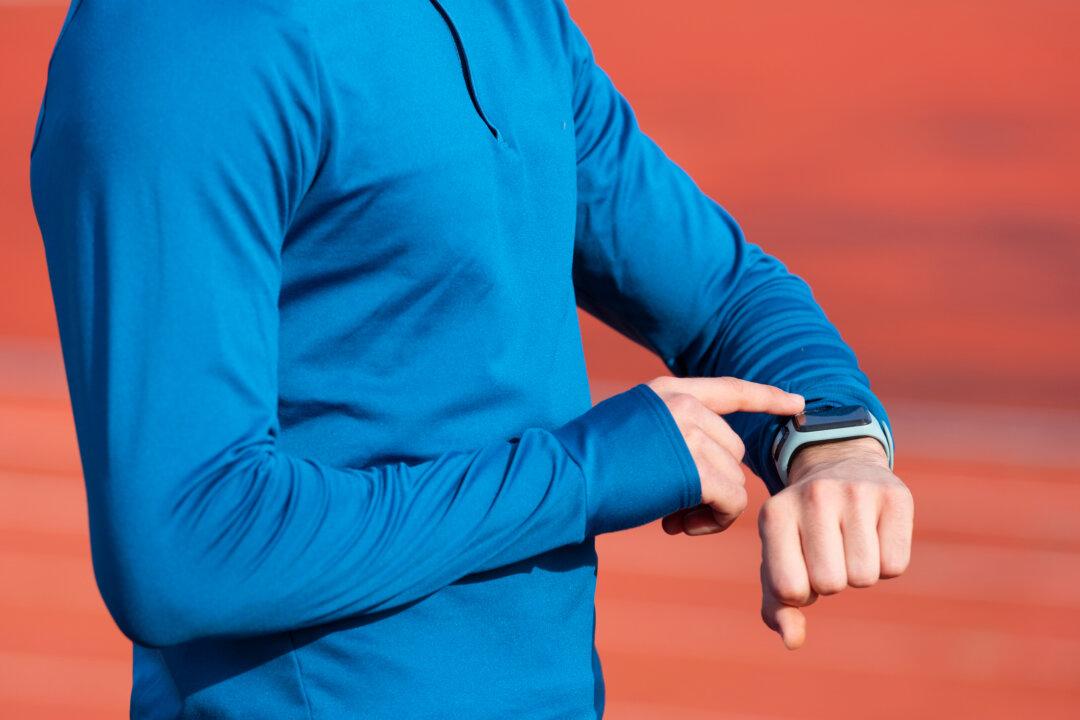Q: How does tracking your heart rate provide information about your heart health?
A: Checking your heart rate at rest and with exercise can provide information about your fitness level and may suggest a heart problem if your pulse is too slow, too fast or irregular. Three good times to check your heart rate are soon after you wake up in the morning; during exercise, and in the immediate post-exercise recovery period.





